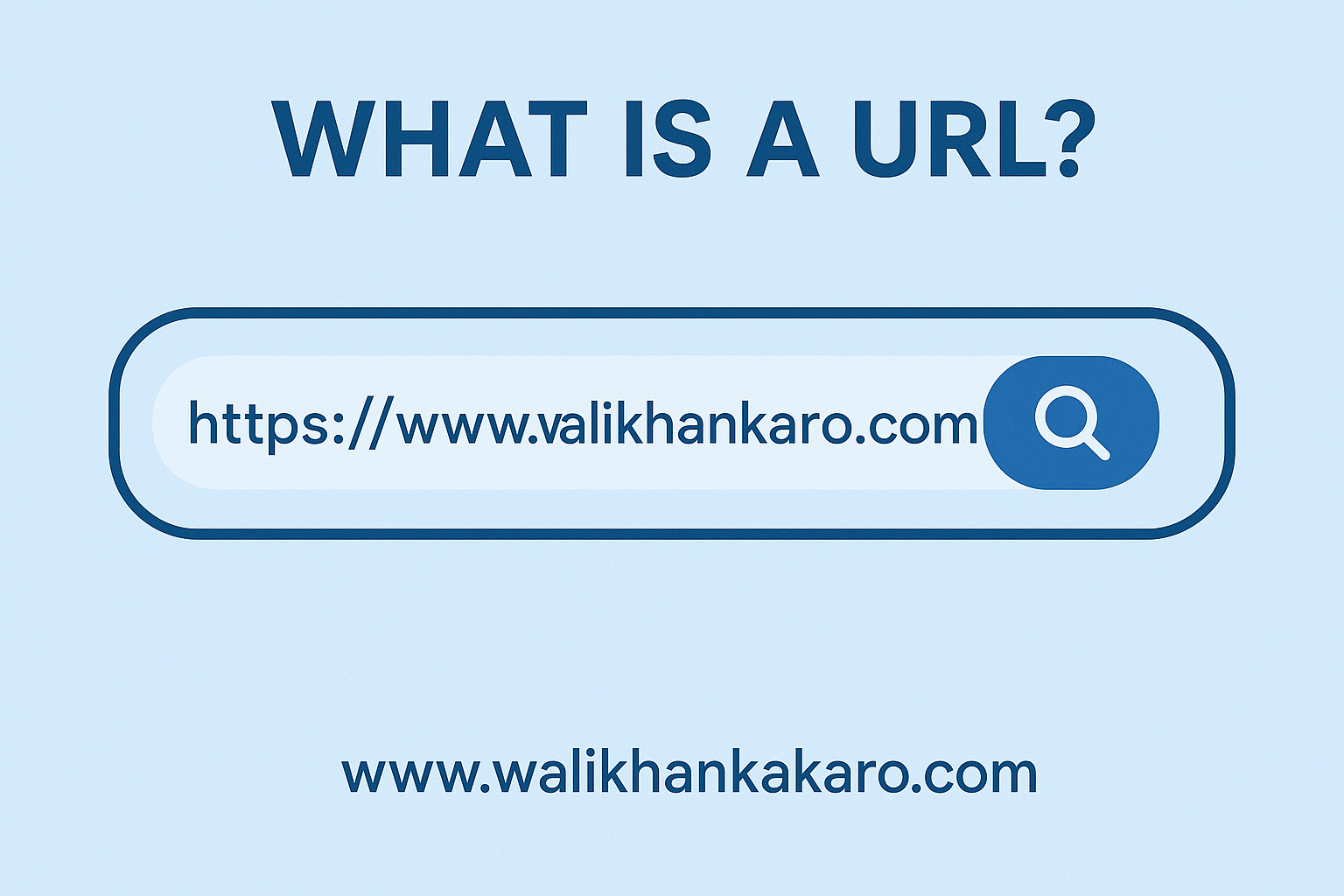Table of Contents
What is a URL?
A URL (Uniform Resource Locator) is the address used to access resources on the Internet. Simply put, it’s the unique web address that tells your browser where to find a specific page, image, or file online.
How Does a URL Work?
When you enter a URL in your browser, it sends a request to the server hosting that content. The server responds by delivering the requested page or resource to your device.
Structure of a URL
A typical URL includes:
Protocol: Defines how data is transferred (e.g., https://).
Domain name: The website’s name (e.g., example.com).
Path: The specific page or resource (/about-us).
Parameters and fragments (optional): Used for tracking or linking to specific sections.
Why Are URLs Important for SEO?
Search engines use URLs to understand page content. Clean, descriptive, and keyword-rich URLs improve indexing and help users know what to expect. Best practices include:
Using relevant keywords
Keeping URLs short and simple
Avoiding unnecessary numbers or symbols
Example of a Good URL
✅ https://walikhankakaro.com/what-is-a-url
Conclusion
A URL is more than just a web address—it’s essential for SEO and user experience. By understanding and optimizing your URLs, you make your site easier to navigate and more discoverable in search engines.
What is a URL?
1: URL (Uniform Resource Locator).
2: Web Resource Unique Identifier.
3: protocol://hostname[:port]/[path/]file[?param=value]
4: http://walikhankakar.com:80/auth/login.ashx?uid=129
5: URI (Uniform Resource Identifier)
For more information, visit a Computer networking


